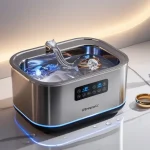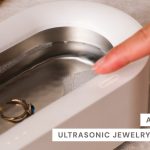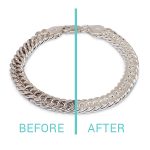Many people ask if they can put plastic in an ultrasonic cleaner. The answer is not simple. It depends on the type of plastic. This article will help you understand more.
What Is an Ultrasonic Cleaner?
An ultrasonic cleaner is a device. It uses sound waves to clean objects. These sound waves create tiny bubbles. The bubbles burst and remove dirt from the object. It is very effective for cleaning.
How Does an Ultrasonic Cleaner Work?
Ultrasonic cleaners use water or cleaning solution. The device sends sound waves through the liquid. These waves create bubbles. The bubbles burst and clean the item. This process is called cavitation.
Types of Plastic
There are many types of plastic. Some are safe for ultrasonic cleaning. Others are not. Here are some common types of plastic:
- Polyethylene (PE)
- Polypropylene (PP)
- Polycarbonate (PC)
- Acrylic (PMMA)
- Polystyrene (PS)
Safe Plastics For Ultrasonic Cleaning
Some plastics can handle ultrasonic cleaning. These include:
- Polyethylene (PE)
- Polypropylene (PP)
- Polycarbonate (PC)
These plastics are strong. They can handle the bubbles. They do not break easily.
Plastics To Avoid In Ultrasonic Cleaning
Some plastics are not safe for ultrasonic cleaning. These include:
- Acrylic (PMMA)
- Polystyrene (PS)
These plastics are weak. The bubbles can damage them. They can crack or break.
Precautions When Cleaning Plastic
Always check the type of plastic before cleaning. If you are not sure, do a small test. Clean a small part of the item first. Check for any damage.
Use The Right Cleaning Solution
Use a cleaning solution safe for plastic. Some solutions can damage plastic. Read the label before using it.
Set The Right Temperature
Do not use high temperatures. High temperatures can melt plastic. Set the temperature to a safe level. Usually, below 50°C (122°F) is safe.
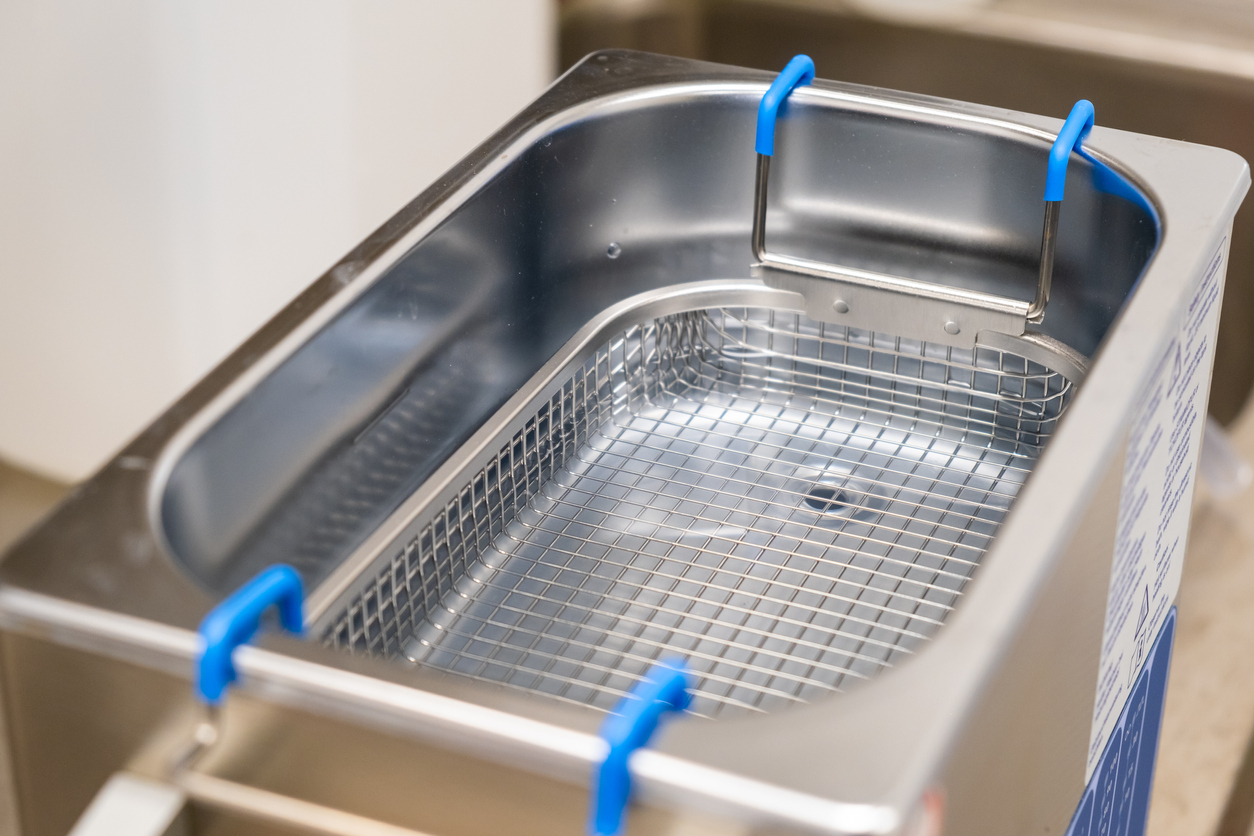
Credit: knowhow.distrelec.com
Steps to Clean Plastic in an Ultrasonic Cleaner
Follow these steps to clean plastic safely:
- Fill the ultrasonic cleaner with water or a safe cleaning solution.
- Place the plastic item in the cleaner.
- Set the temperature to a safe level.
- Turn on the ultrasonic cleaner.
- Let it run for a few minutes.
- Check the item for any damage.
- If safe, continue cleaning.
Benefits of Using an Ultrasonic Cleaner
Ultrasonic cleaners have many benefits. Here are some:
- Efficient cleaning
- Time-saving
- Removes tough dirt
- Reaches small spaces
- Safe for many materials
They are very effective. They can clean items quickly. They can remove tough dirt. They can clean small spaces. They are safe for many materials.
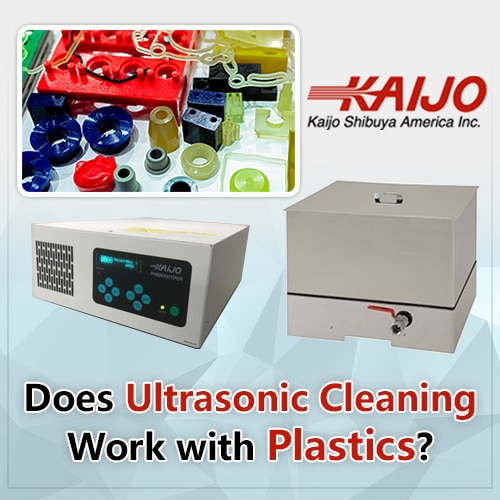
Credit: www.kaijo-shibuya.com
Common Uses for Ultrasonic Cleaners
Ultrasonic cleaners are used in many fields. Some common uses include:
- Cleaning jewelry
- Cleaning glasses
- Cleaning dental tools
- Cleaning lab equipment
- Cleaning car parts
They are very versatile. They can clean many different items.
Frequently Asked Questions
Can You Clean Plastic In An Ultrasonic Cleaner?
Yes, you can clean plastic items in an ultrasonic cleaner.
What Types Of Plastic Are Safe To Clean?
Most hard plastics can be safely cleaned in an ultrasonic cleaner.
Will Ultrasonic Cleaning Damage Plastic Items?
No, ultrasonic cleaning is gentle and won’t harm plastic items.
How Long Should Plastic Items Be Cleaned?
Typically, clean plastic items for 3-5 minutes.
Conclusion
Can you put plastic in an ultrasonic cleaner? Yes, but be careful. Know the type of plastic. Use the right cleaning solution. Set a safe temperature. Follow the steps carefully. Ultrasonic cleaners are very useful. They can clean many items. They save time and effort. But always be cautious. Safety comes first.
We hope this guide helps you. Now you know more about cleaning plastic with an ultrasonic cleaner. Happy cleaning!


